Does Medicare Cover Orthotics?
Find out if Original Medicare and Medicare Advantage will cover orthotics with our 2022 guide. Learn about different orthotic options and see what they'll cost.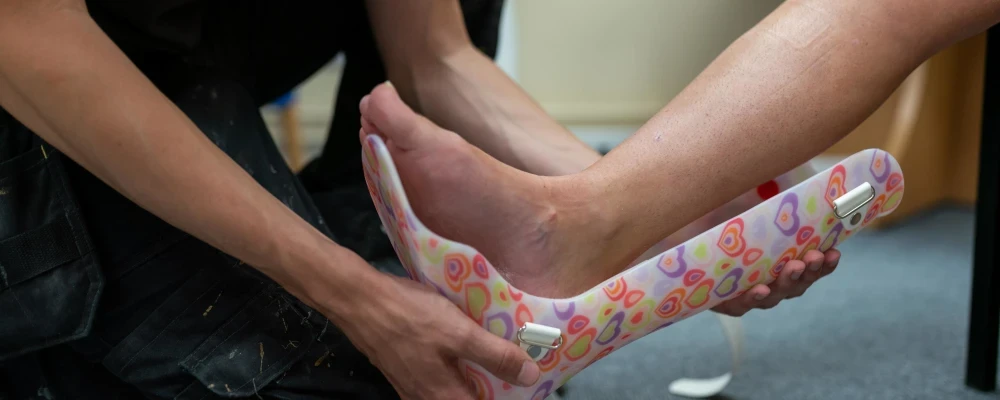
Our content follows strict guidelines for editorial accuracy and integrity. Learn about our and how we make money.
Orthotics are medical devices used to either treat a condition that causes pain and discomfort or to correct various alignment problems.
They are most commonly used to treat foot issues but can be used to treat knee, neck, hip, and lower back pain caused by malalignment of the feet.
You can buy off-the-shelf orthotics or get custom orthotics from a licensed doctor. The great news is that Medicare can also help provide coverage for orthotics.
This article will tell you what you need to know about orthotics, what they do, how much they cost, and how Medicare can help you cover them.
What Are Orthotics?
Orthotics are medical devices for people who experience problems such as:
Foot pain.
Osteoarthritis (the most common type of arthritis).
Spinal injuries.
Back pain.
Diabetes.
The purpose of orthotic devices is to provide support and pain relief.
Doctors may also prescribe orthotics to provide extra support for muscles or joints that are either weak or deformed.
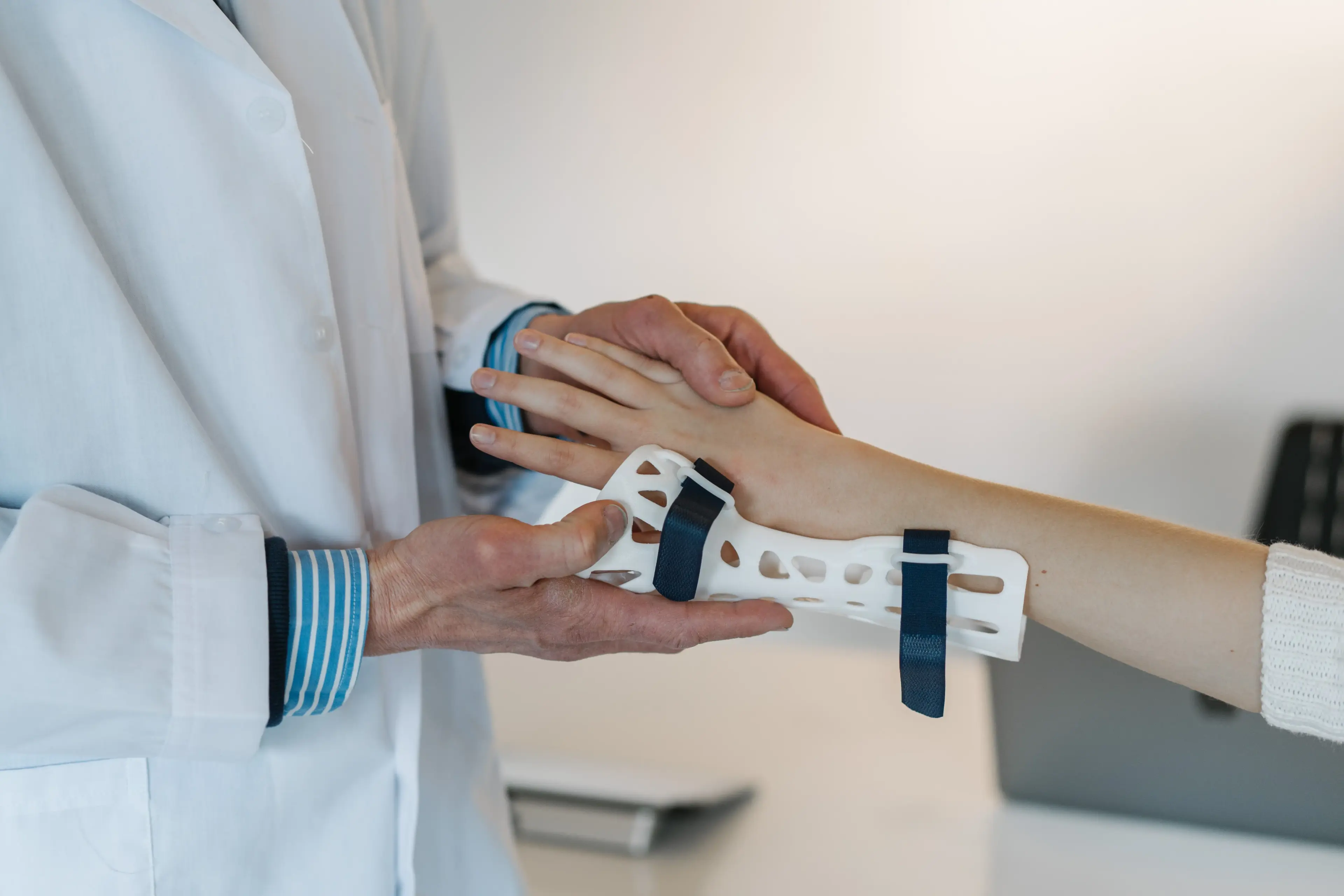
Source: Unsplash
Does Medicare Cover Orthotics?
Individuals who have Medicare Part B and are eligible for an orthotic device can get some of the cost of their Durable Medical Equipment (DME) covered by Medicare.
What Is Durable Medical Equipment (DME) Coverage?
DME is equipment and supplies ordered by a healthcare provider for everyday or extended use.
The coverage for DME may include:
Oxygen equipment.
Crutches.
Blood testing strips for diabetics.
Once a person qualifies, Medicare will cover 80% of the approved cost and the individual will have to pay 20%.
This will also only be possible once the individual has met their deductible, which costs $233 in 2022.
Terms You Should Know:
Premium: These are payments made to insurance companies in exchange for insurance coverage.
Deductibles: These are amounts that Medicare beneficiaries must cover before their Original Medicare or Medicare Advantage will cover qualifying medical expenses.
Coinsurance: This is the portion of costs that beneficiaries must pay for medical treatments, services, and tests. For example, with Medicare Part B, the coinsurance rate is 20%.
Medicare Part B covers outpatient services, tests, and items including DME. Orthotics are classed as “Durable Medical Equipment and Prosthetics,” meaning that some of the costs are covered by Medicare.
Medicare lists the following devices as orthotics under the heading of DME:
Braces for the ankle, foot, knee, back, neck, spine, hand, wrist, or elbow.
Orthopedic shoes as a necessary part of a leg brace.
Prosthetic devices such as artificial limbs.
Medicare Part B may also cover therapeutic, orthotic shoes and inserts for people with diabetes that suffer from severe diabetic foot disease.
What Is Diabetic Foot Disease?
People with diabetes often suffer from complications caused by excessive glucose in their bodies.
One condition that diabetics have to deal with is diabetic foot disease which is the result of damage to nerves and blood vessels in their feet.
This nerve damage is also called diabetic neuropathy and symptoms can include numbness, tingling, pain, or loss of feeling in the feet.
There is a specific process you’ll need to follow before Medicare will cover the cost of orthotics.
Keep these points in mind if you're considering this:
The orthotic must be medically necessary and your healthcare provider must prescribe it as a component of your treatment.
The supplier of the orthotic must be enrolled in Medicare.
What Does Medically Necessary Mean?
The term “medically necessary” refers to any type of medical service that is required to prevent or treat symptoms that could cause serious issues without medical intervention.
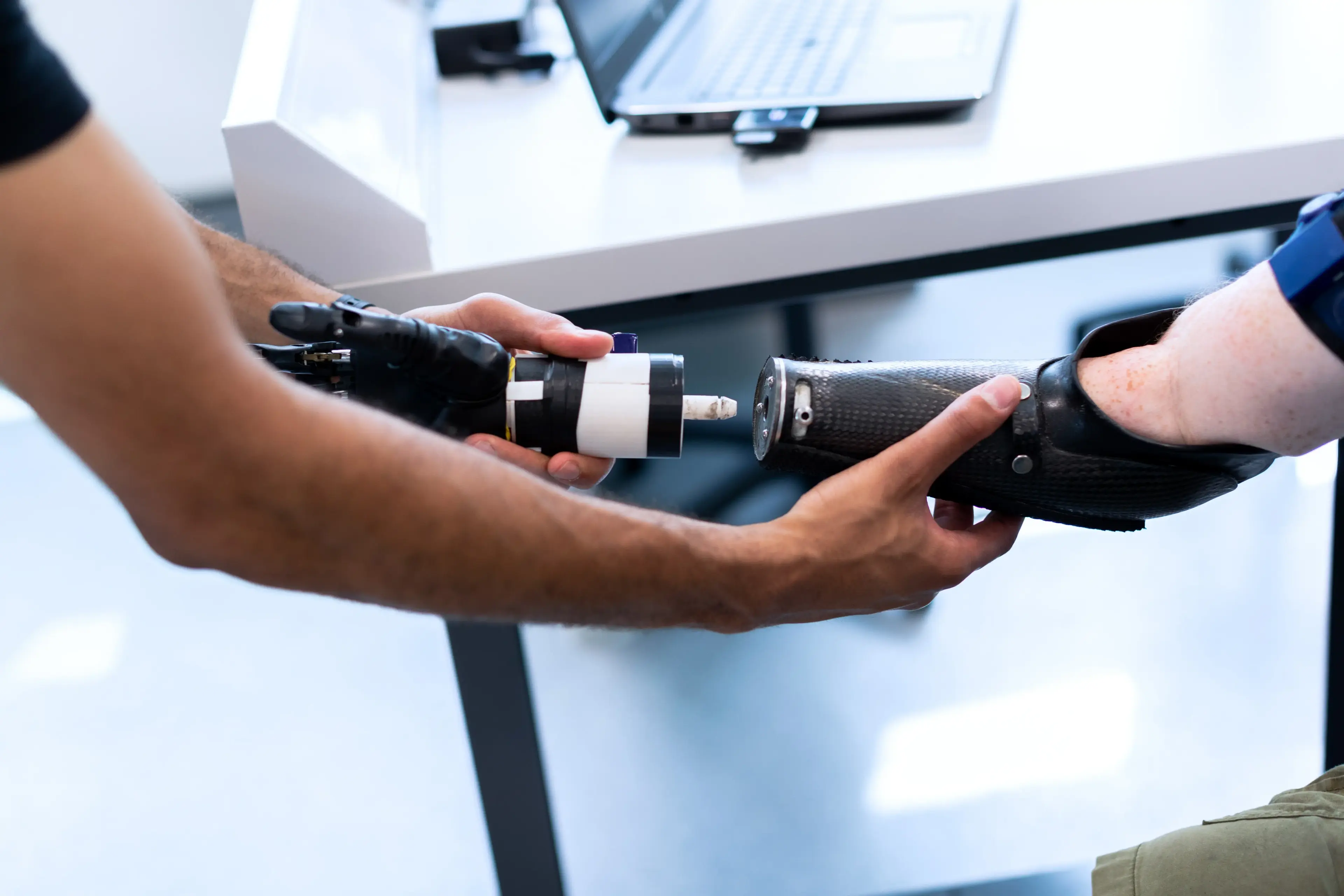
Source: Pexels
Types of Orthotics and Coverage
Orthotics should not only be associated with shoe inserts (also known as foot orthoses or shoe inserts), as there are several other types of ailments that orthotics can treat.
What Types of Orthotics Are There?
Therapeutic shoe inserts.
Custom-molded shoes.
Extra-depth shoes.
Arm braces.
Leg braces.
Neck braces.
Back braces.
Medicare Coverage of Therapeutic Shoes and Inserts
Therapeutic shoes and inserts are typically used to support and protect the foot and alleviate pain.
Orthotic foot devices usually consist of rubber or foam materials that are designed to reduce pressure on specific parts of the foot as people move.
They can be used to treat many different issues, such as:
Loss of sensation.
Foot or toe deformities.
Plantar ulceration.
What Is Plantar Ulceration?
Plantar ulcerations, or rather foot ulcers, are open sores or lesions that take long to heal or that keep recurring.
Symptoms include:
Swelling.
Burning.
Pain.
These sores are caused by skin and tissue breakdown and can become infected when left untreated.
Therapeutic shoes and inserts are only covered under Medicare Part B if you have met the requirements.
The patient's doctor, who must be approved by Medicare, needs to deem the shoes or inserts medically necessary. They then must be prescribed by a qualified healthcare professional.

Source: Pexels
Medicare Coverage of Braces and Supports
Orthotics are not only used to treat foot issues. They are also used to support other parts of the body such as the arms, hips, legs, and neck.
For example, spinal orthotic devices are used to treat scoliosis and include back and neck braces. These braces are used to stabilize and support the areas such as the jaw, neck, back, and spine.
What Are Spinal Orthotic Devices?
Spinal orthoses or braces are equipment that’s used to correct and support the spine. Some orthotic devices include:
Halos.
Thoracolumbosacral orthoses (TLSO).
Lumbosacral orthoses (LSO).
Cervical thoracic orthoses (CTO).
Cervical thoracic lumbosacral orthoses (CTLSO).
Hyperextension orthoses - jewett, spinomed.
Charleston bending braces.
Milwaukee braces.
Orthotics, such as braces and supports, are sometimes prescribed by doctors to ensure proper healing and minimum movement after surgery.
They can also be prescribed to treat chronic conditions like arthritis, or injuries such as whiplash.
Common types of braces covered by Medicare include:
Arm braces.
Leg braces.
Neck braces.
Back braces.
Confused about Medicare Coverage?
If you’re not sure if Medicare will cover your orthotics, or anything else that you are concerned about, contact a PolicyScout consultant at 1-888-912-2132 or Help@PolicyScout.com for assistance.
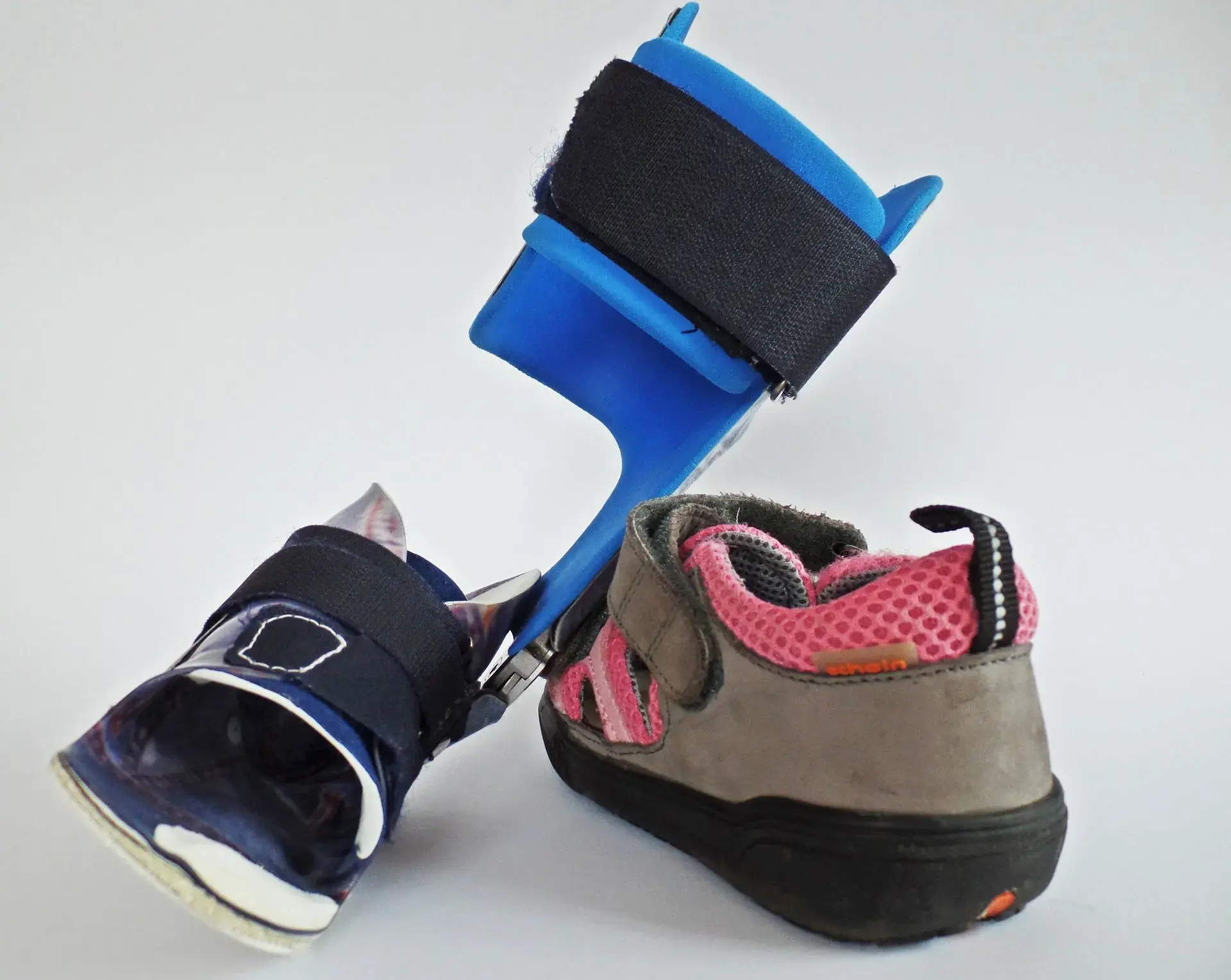
Source: Pixabay
If you want to learn about what Medicare covers, be sure to read our latest articles:
Does Medicare Advantage Provide Coverage for Orthotics?
Medicare Advantage plans provide the same coverage as Original Medicare (Part A and B) and often provide additional benefits that government-run Medicare doesn't offer.
What Are Medicare Advantage Plans?
A Medicare Advantage Plan, also known as Medicare Part C, is offered by private insurance companies and covers inpatient and outpatient treatment, items, and services. In some cases, it also covers Part D (prescription drug) costs.
SNPs are a type of Medicare Advantage Plan that gives members specialized hospital care, mental health services, rehabilitation services, and hospice care.
Medicare Advantage plans usually offer the same level of cover for orthotics as Original Medicare. However, Medicare Advantage members need to follow the same procedure to get their DME covered by their plan.
If you need assistance with finding a plan that will offer you exceptional customer service, contact PolicyScout today. Our agents can help you find 5-star Medicare plans in your area.
How Much Do Orthotics Cost?
Orthotics devices can either be bought:
Off-the-shelf at your local pharmacy.
As personalized orthotics.
As customized orthotics by a professional orthotics provider.
Off-the-shelf Orthotics
Off-the-shelf orthotics are the most affordable option out there.
These orthotics are made to fit most feet and their purpose is to provide the wearer with cushioning in the form of rubber or memory foam material.
What Is Memory Foam?
When it has the correct density, memory foam is a very durable material that can provide good support and excellent pressure relief.
Under heat and pressure, memory foam molds to the body, evenly distributing body weight. It then returns to its original shape once the pressure is removed.
However, these orthotics will typically only provide will lose their shape with wear after a few days or weeks, leaving your feet cushionless and unsupported once again.
The average cost of off-the-shelf orthotics ranges from $10-$75.
Personalized Orthotics
If you have decided against the off-the-shelf options, then personalized orthotics may be the better choice.
Personalized orthotics are designed to mold to your foot better than the standard off-the-shelf options, and may provide more pain relief than ready-made products.
These orthotics can cost between $500-$1500.
Custom Orthotics
Custom orthotic devices are types of orthotics that are prescribed by doctors.
The custom orthotics are made using casts, impressions, or scans to perfectly pair the orthotic with your foot.
A custom-designed orthotic will control the alignment and function of your foot. These orthotics will protect the injured body part from abnormal motion, rolling, or pressure.
The custom orthotic redistributes the pressure on the injured body part and reduces discomfort and pain.
The cost of a custom orthotic made by a licensed doctor will vary based on the individual's insurance and the type of orthotic required.
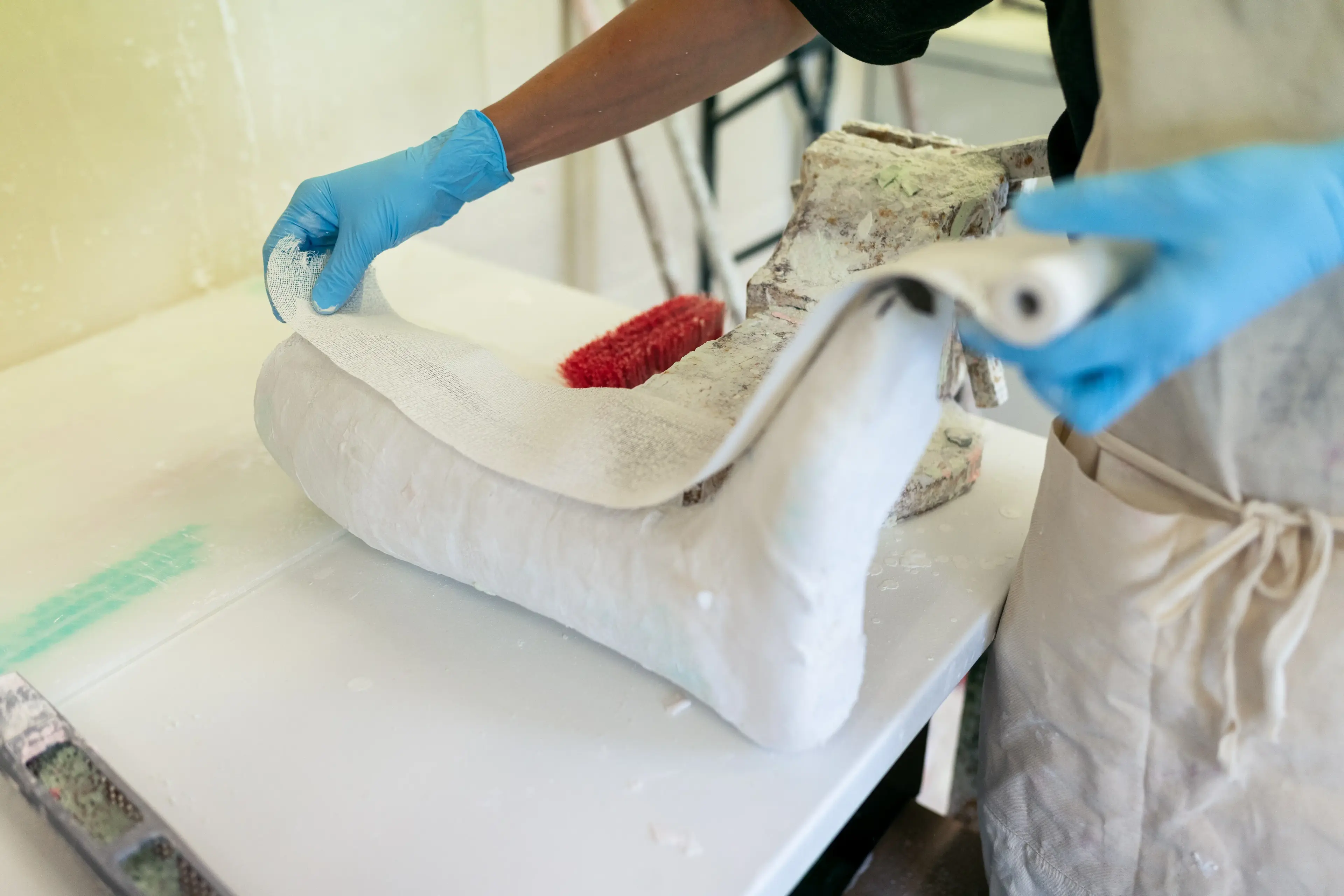
Source: Pexels
What Else Does Medicare Cover?
We have articles on costs, enrollments, coverage, and other Medicare-related matters. Head to PolicyScout's Medicare hub to compare your options and find the perfect plan from a provider near you.
If you have an injury or ailment issue and you need a Medicare plan to help provide coverage, send your questions to Help@PolicyScout.com or call us on 1-888-912-2132 to get personalized assistance from one of our skilled Medicare consultants.